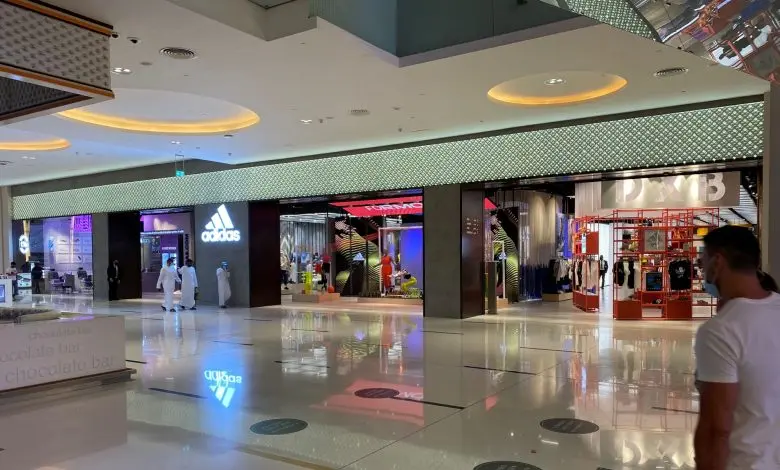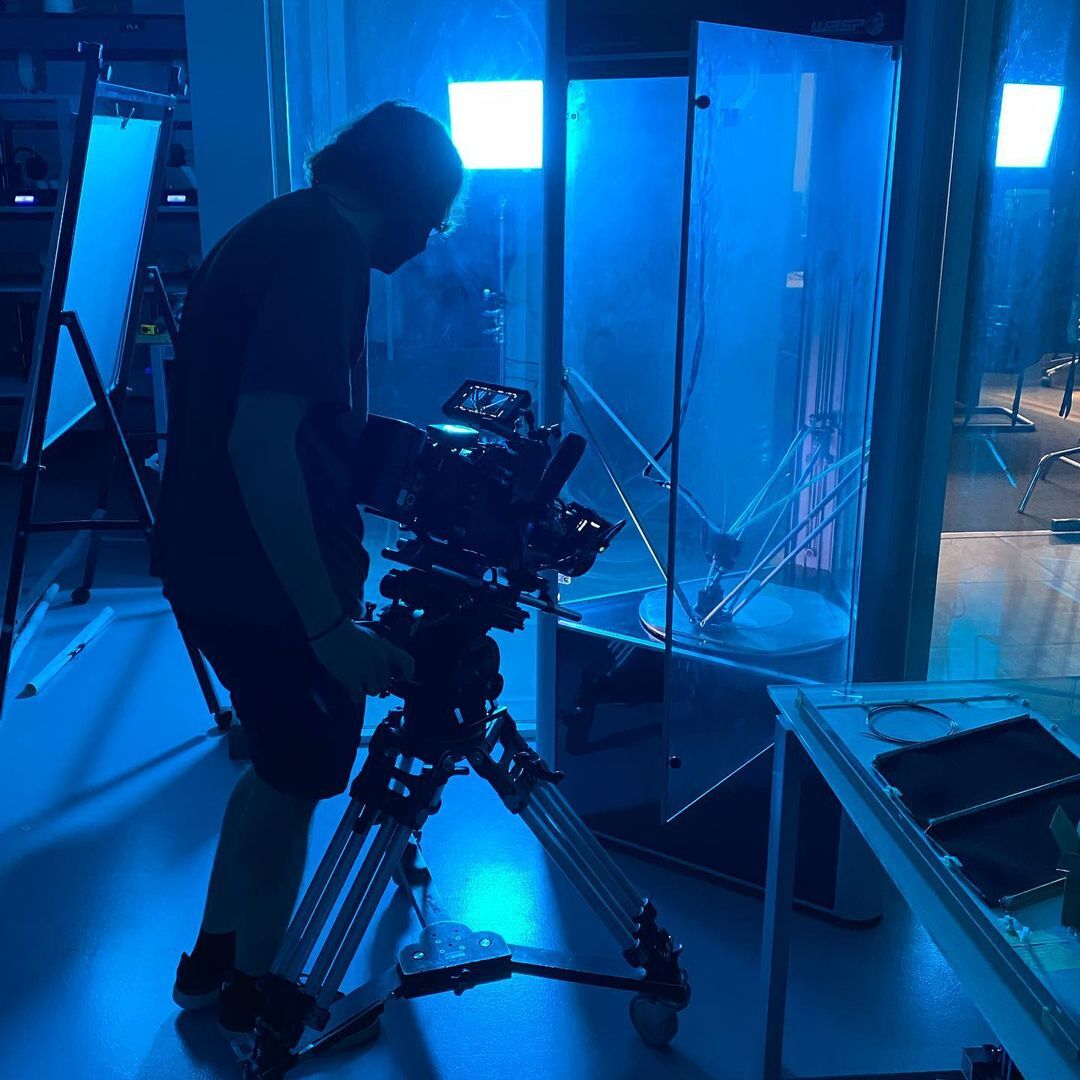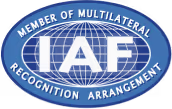Design rules of 3D printing (DFAM)

With a solvent after the printing process. In any cases, regardless to the technologies you’re using, it’s now widely accepted that 3D printing technologies allow for integrated assemblies. Some with more facilities than other.
Tolerance
the tolerances and precisions of some 3D printing technologies are sufficient to create assembly that will simply “snap” together or will even be used for high performance goals. As a example, General Electric released a video showing how they successfully used additive manufacturing to create a fully working jet engine. The result is astonishing.With appropriate tolerances, parts with functional hinges, chain-link style textiles, and other types of moving components can be fabricated in a single print without the need for post-print assembly. This is one of the main upside of 3D printing when you want to manufacture a product since it can considerably reduce the number of necessary components to create your end product.
Rule Of Thumb
There are different 3D printing processes, but the basic rules and guidelines are more or less the same in each process and vary depending on the material and type of 3D printing process being used. DfAM (Design for Additive Manufacturing) is a big umbrella which includes all the rules, considerations and parameters needed in additive manufacturing processes.
3D printing technology is advancing rapidly,and there are demand and need of designing and making more intricate, elaborate and workable objects. There are specific procedures which are necessary when making a physical object and similar guidelines are mentioned in the DfAM ‘Rule of Thumb’. These rules are fundamental when designing and implementing your 3D model.
The 3D models to be designed must firstly fit the 3D printer build volume and either lie flat on the build plate or be supported. Support is one of the most keys, and critical part of the metal printing process and the measurements, placement, and geometry should be correct to prevent waste of materials, printing time and cost. The alignment and positioning must consider during the design stages as upward facing surfaces have sharper edges and a better surface finish.
The process and materials used will affect the speed and cost of your 3D print, so it is better to determine the smaller details which are critical to your design. One should avoid large flat surfaces and round the corners to prevent warping. Determine the minimum level of detail your 3D model require and choose the 3D printing process accordingly.













.svg)








